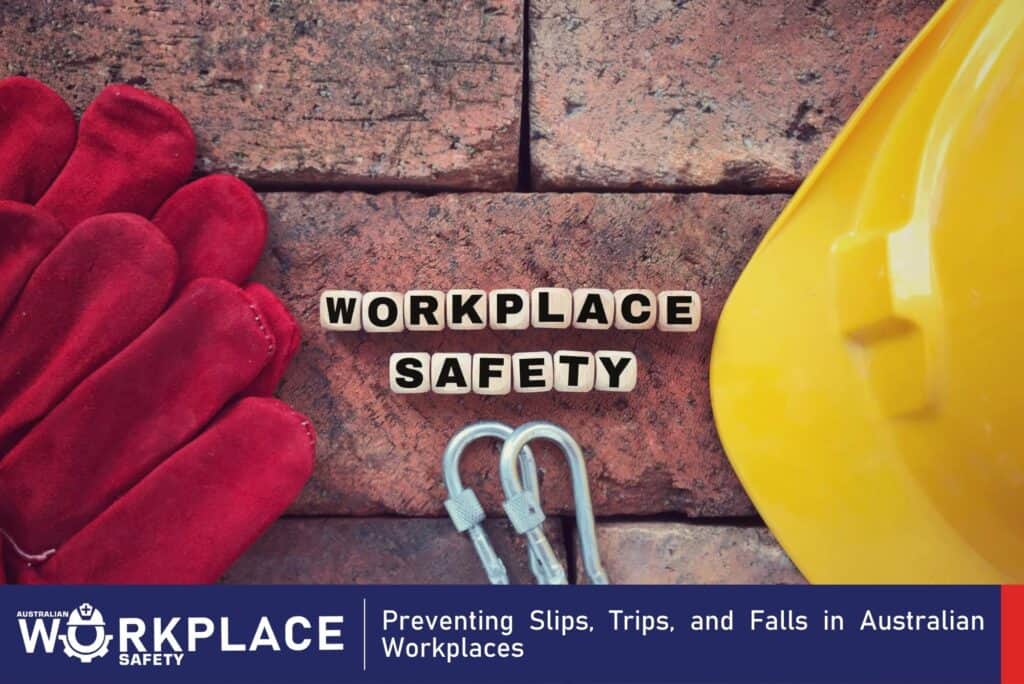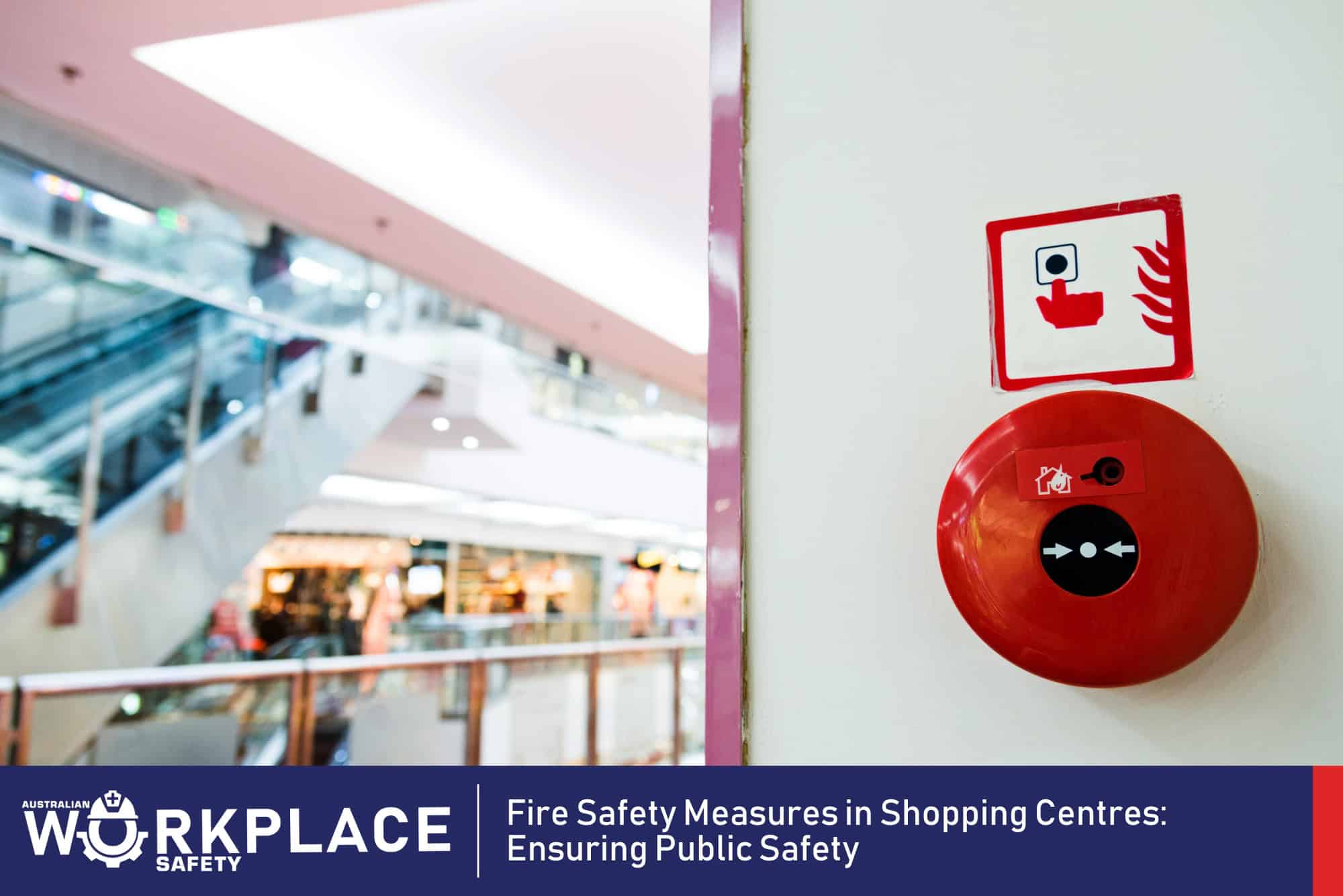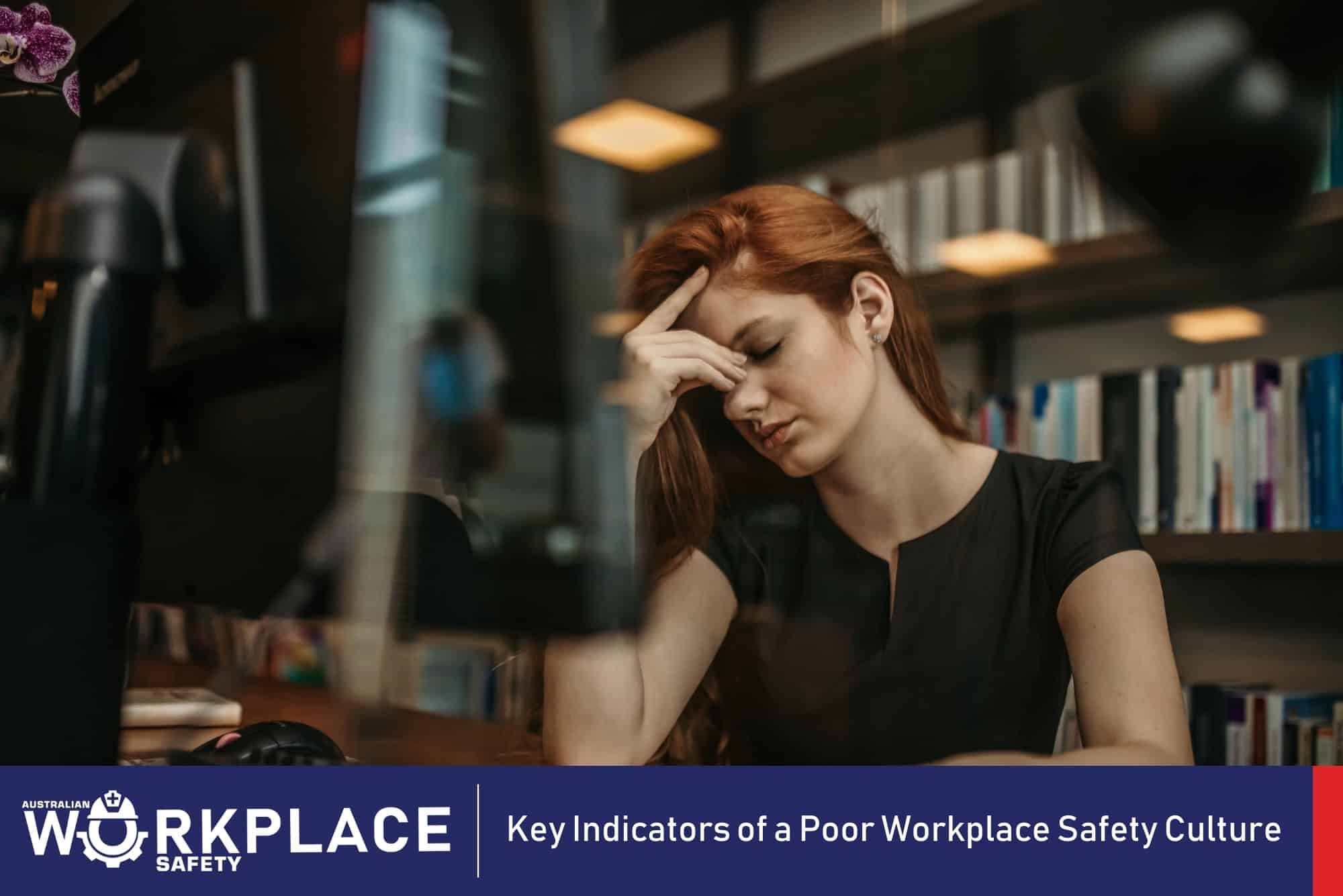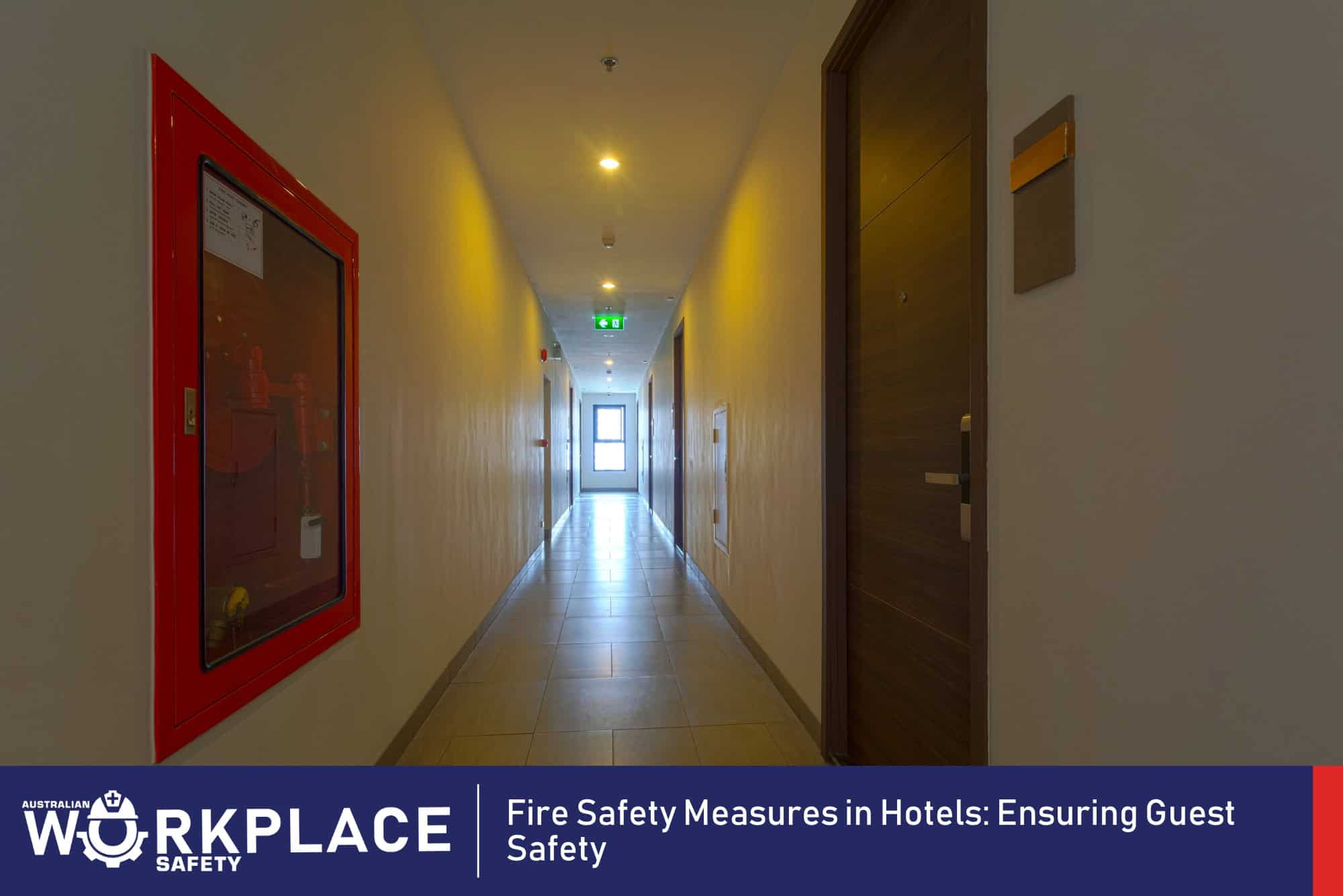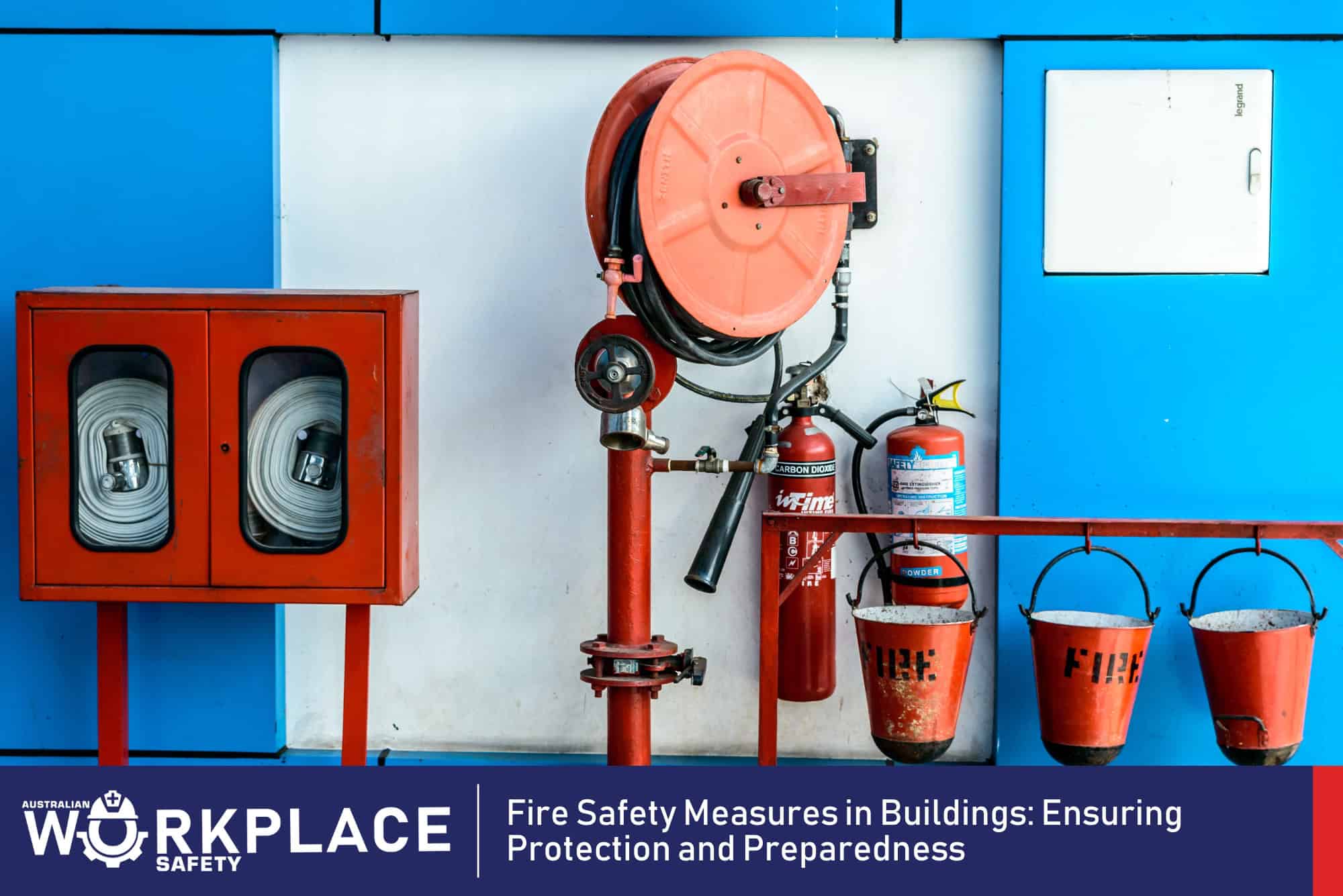Slips, trips, and falls are among the most common workplace accidents in Australia, leading to significant injuries, lost productivity, and financial burden on businesses. As a safety expert, it is essential to raise awareness about this prevalent issue and highlight effective preventive measures. By implementing appropriate strategies and fostering a safety-conscious culture, Australian workplaces can significantly reduce the occurrence of such incidents and create a safer environment for their employees. In this article, we will explore key causes of slips, trips, and falls and provide practical guidance on how to prevent these accidents.
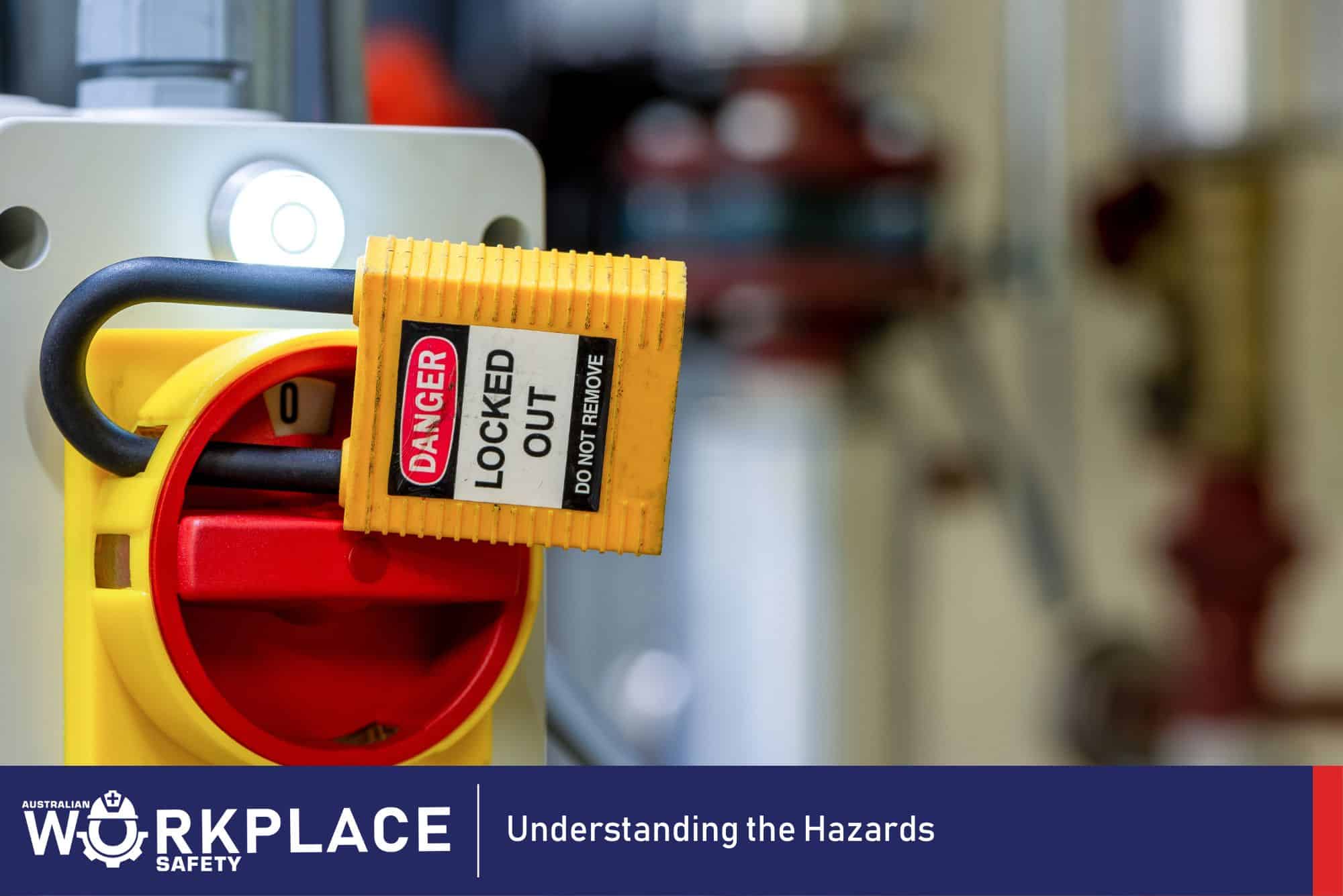
Understanding the Hazards
- Slip Hazards – Slips occur when there is insufficient friction between the shoe sole and the walking surface. Common causes include wet or oily floors, loose mats, spills, and polished surfaces.
- Trip Hazards – Trips are often the result of obstacles, uneven floors, or clutter in walkways. Common causes include loose cables, uneven stairs, untidy work areas, and poorly maintained pathways.
- Fall Hazards – Falls can happen from elevated areas like ladders, scaffolds, and platforms. Inadequate guardrails, improper use of equipment, and lack of training contribute to fall-related accidents.
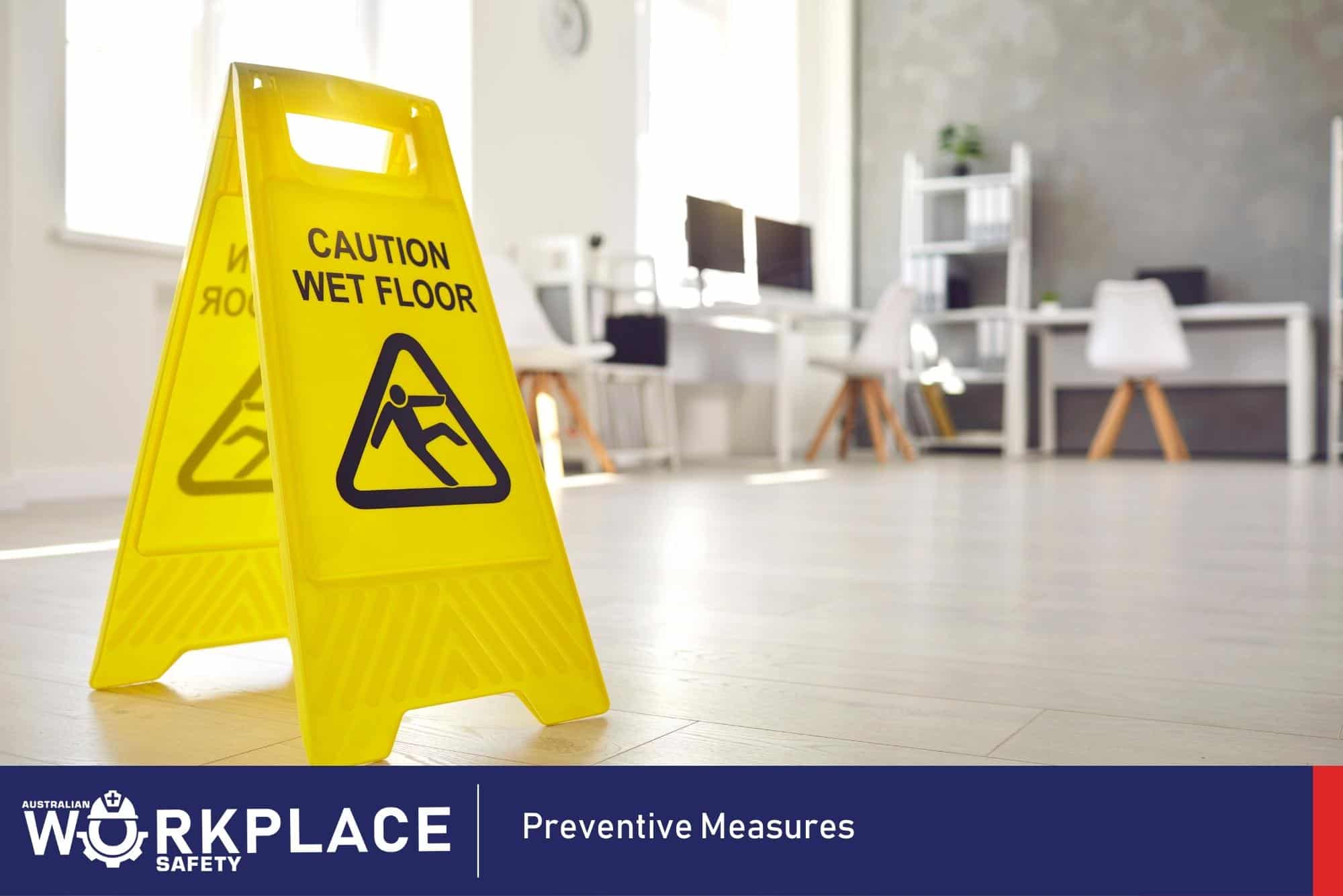
Preventive Measures
- Maintain Clean and Dry Floors – Regularly clean and inspect floors for spills, leaks, and debris. Implement a “clean-as-you-go” policy and use warning signs when floors are wet or slippery.
- Use Proper Matting – Place non-slip mats in areas prone to moisture or spills, such as entranceways and kitchen areas. Ensure mats are appropriately sized and secured to prevent tripping hazards.
- Keep Walkways Clear – Encourage employees to keep walkways and aisles clear of clutter and obstacles. Regularly inspect work areas and promptly address any potential tripping hazards.
- Install Adequate Lighting – Proper illumination is essential for preventing slips, trips, and falls. Ensure all work areas, pathways, and stairwells are well-lit, and promptly replace any burnt-out bulbs.
- Implement Handrails and Guardrails – Install sturdy handrails along stairways and elevated platforms. Ensure guardrails are present on raised walkways and balconies to prevent falls.
- Promote Proper Footwear – Encourage employees to wear appropriate footwear with slip-resistant soles. Non-slip shoes can significantly reduce the risk of slips and falls, especially in high-risk environments.
- Provide Training and Awareness – Conduct regular safety training sessions that focus on slip, trip, and fall prevention. Educate employees on hazard identification, reporting procedures, and safe work practices.
- Maintain Equipment and Infrastructure – Regularly inspect and maintain equipment, stairs, and flooring to identify and address potential hazards promptly. Repair or replace damaged flooring and address uneven surfaces.
- Encourage Reporting of Hazards – Foster a culture of safety by encouraging employees to report potential hazards. Implement an anonymous reporting system if possible, so employees feel comfortable sharing concerns.
- Conduct Risk Assessments – Regularly conduct comprehensive risk assessments to identify potential hazards related to slips, trips, and falls. Use the findings to develop targeted preventive strategies.
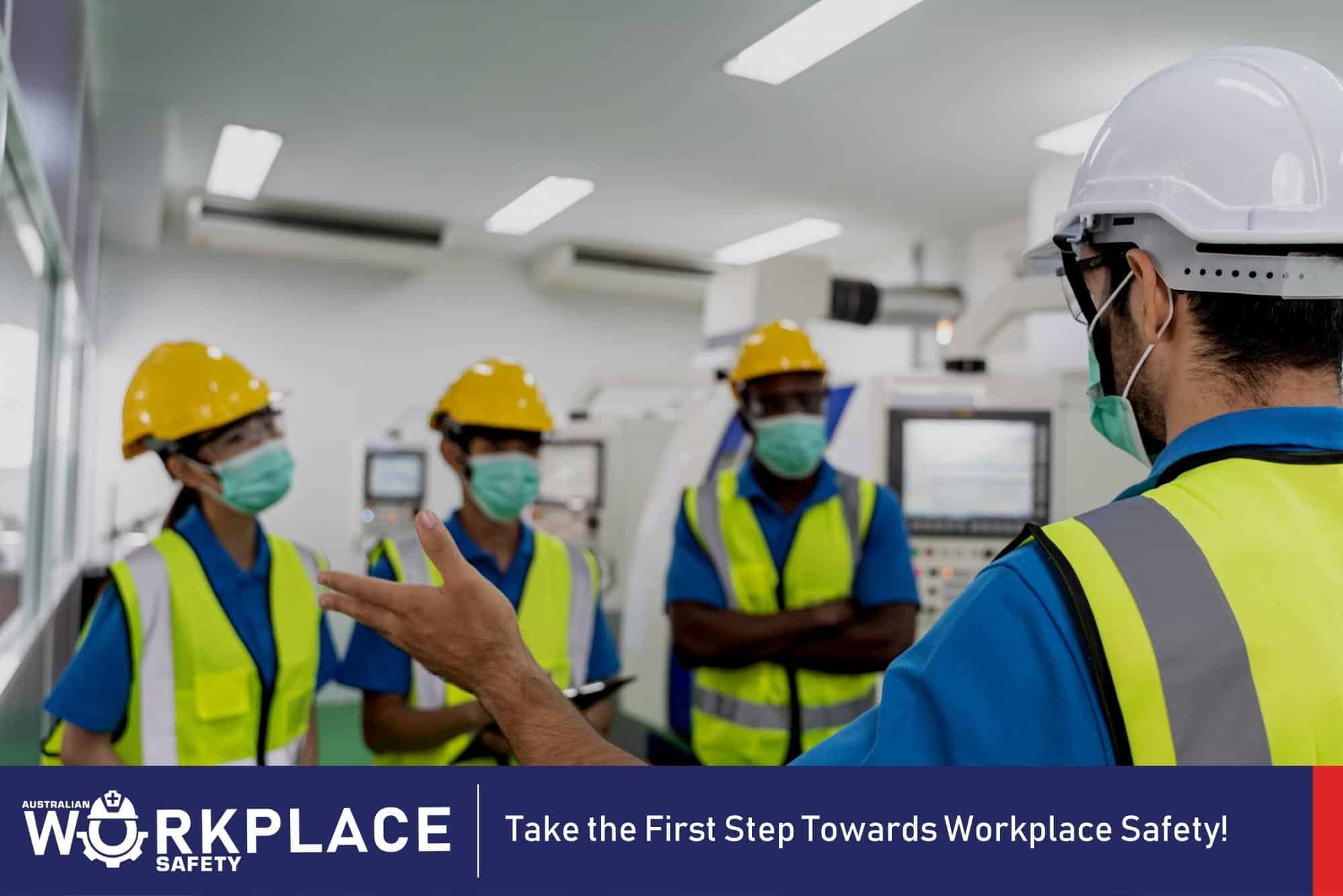
Take the First Step Towards Workplace Safety!
Preventing slips, trips, and falls should be a top priority for Australian workplaces. By understanding the hazards associated with these accidents and implementing appropriate preventive measures, businesses can create a safer environment for their employees. Encouraging a safety-conscious culture, providing adequate training, and maintaining a clean and well-organised workspace are crucial steps towards reducing the frequency of these incidents. By working together, employers and employees can ensure a safer and more productive workplace for everyone.
Disclaimer: The information provided in this blog is intended for general informational purposes only. The safety practices outlined are based on general principles and may not address specific workplace conditions or legal requirements. It is important for employers and employees to consult with relevant occupational health and safety authorities, legal professionals, and industry-specific guidelines to ensure compliance with applicable laws and regulations. Every workplace is unique, and safety practices should be tailored to specific circumstances and risks. The author and publisher of this blog are not liable for any damages or losses that may arise from the use or implementation of the information provided.
